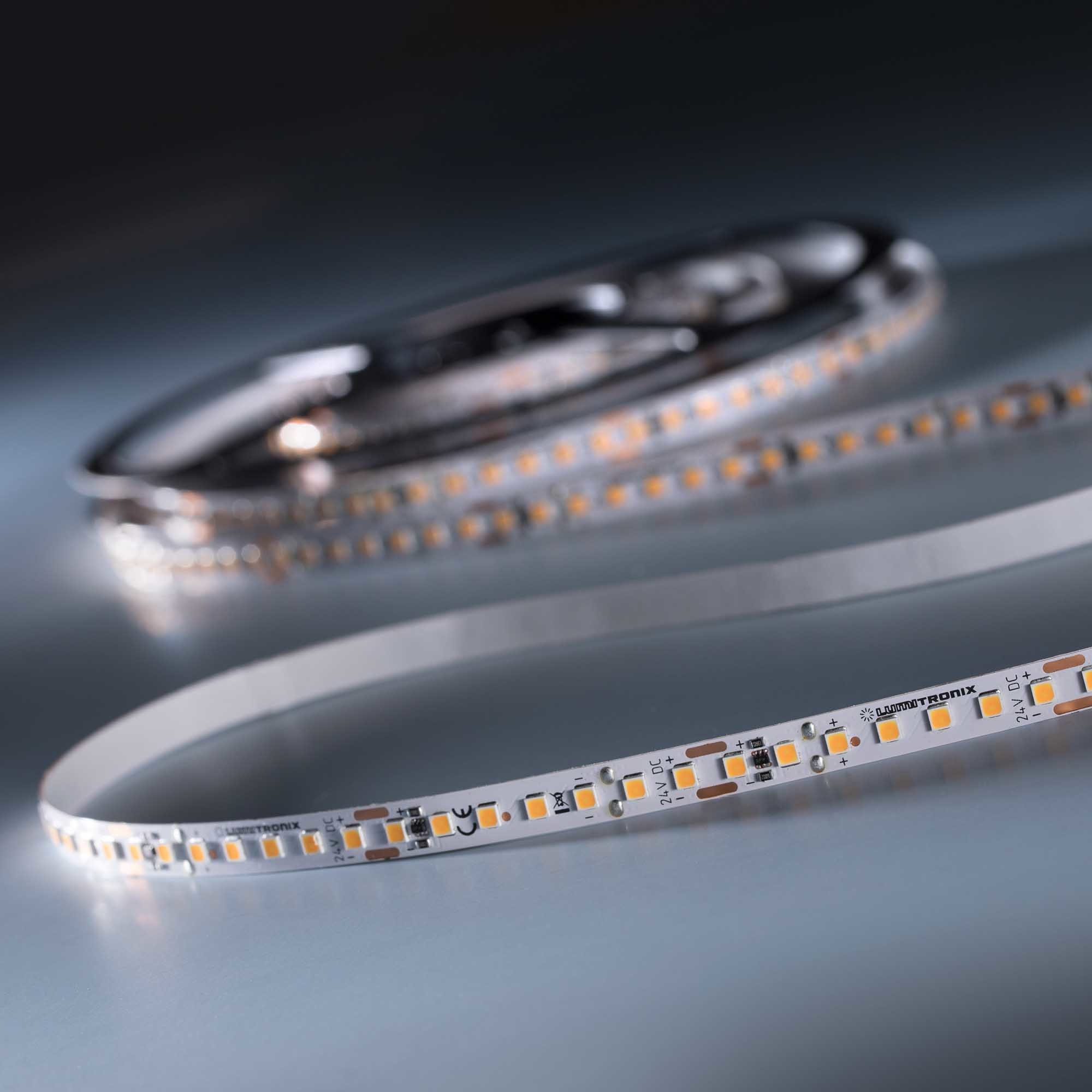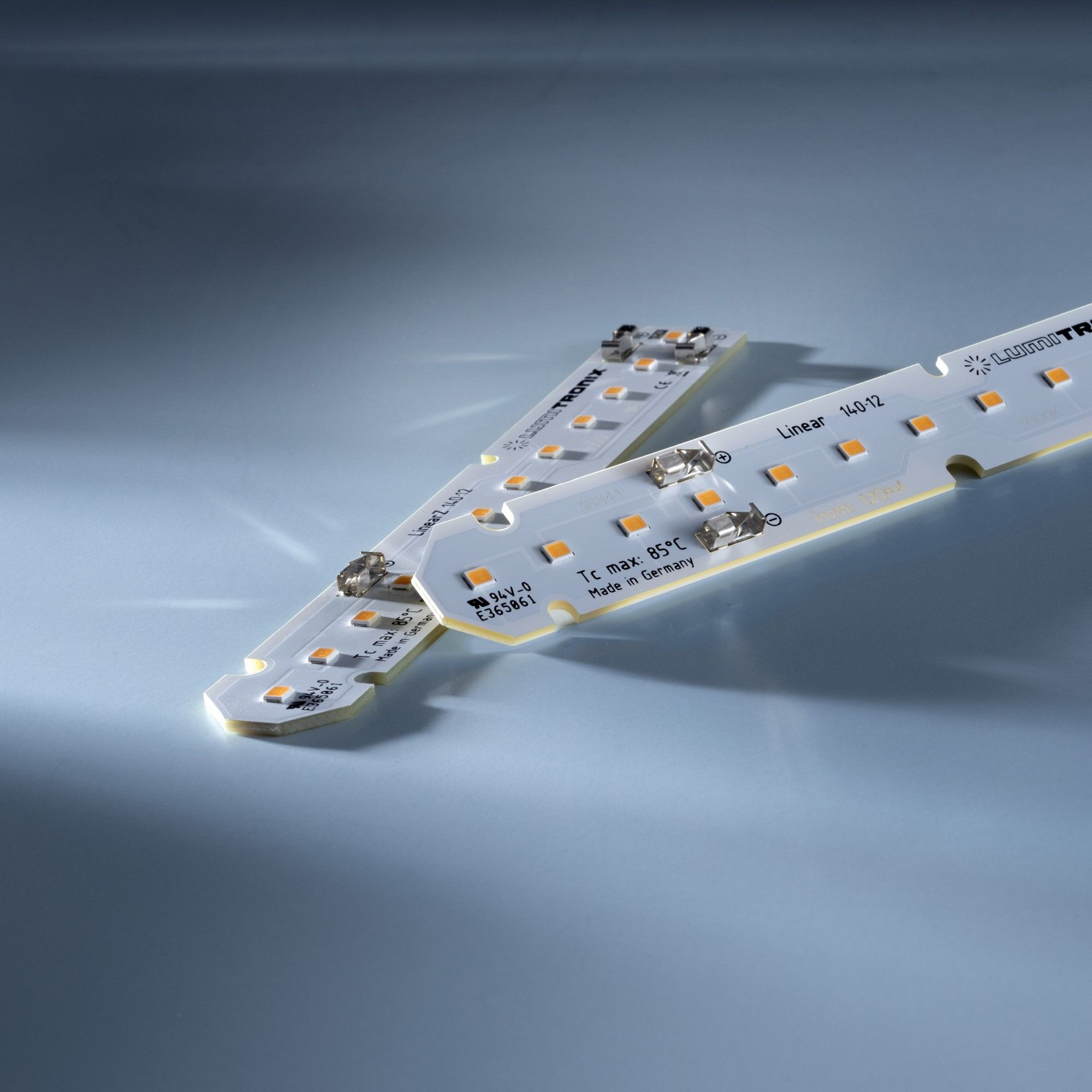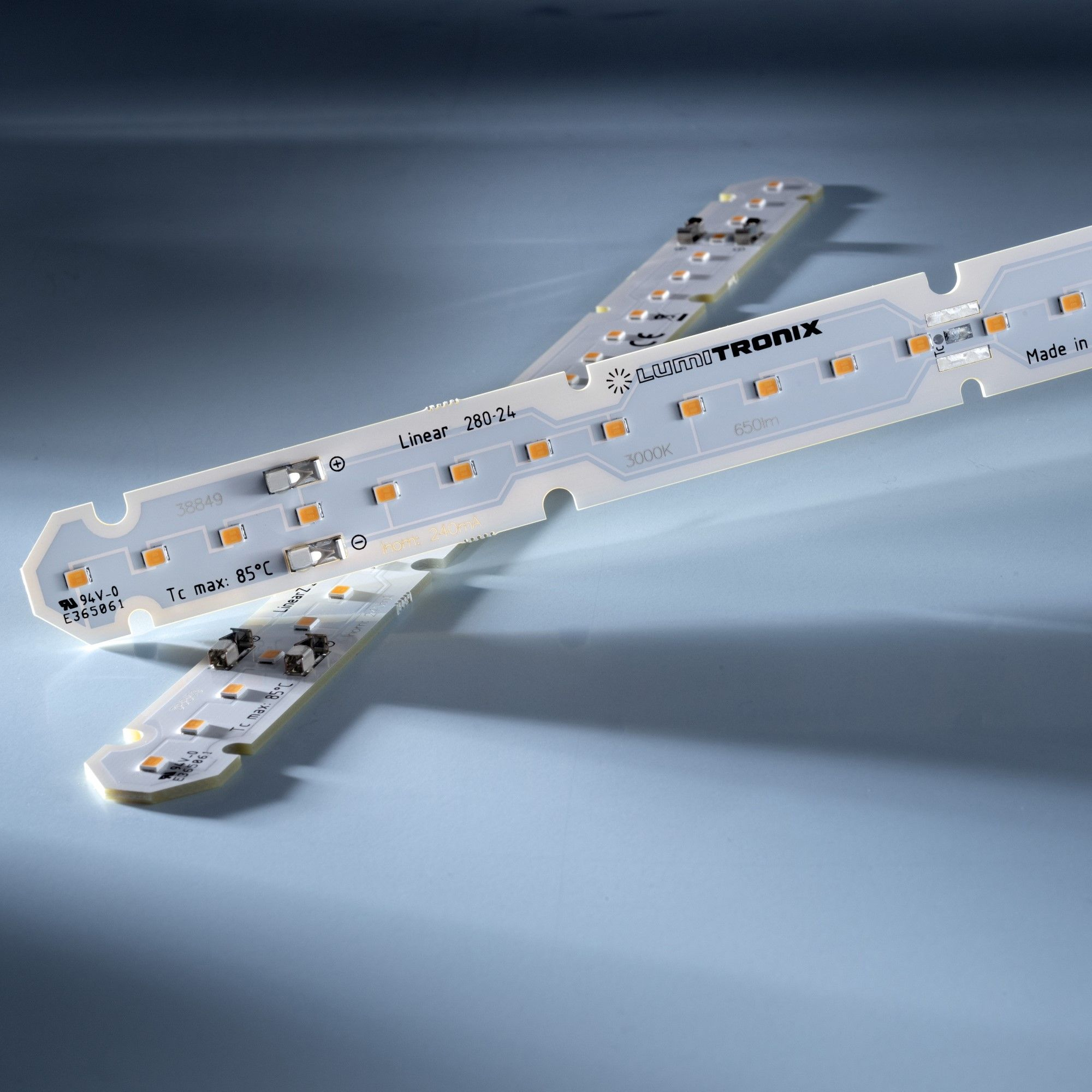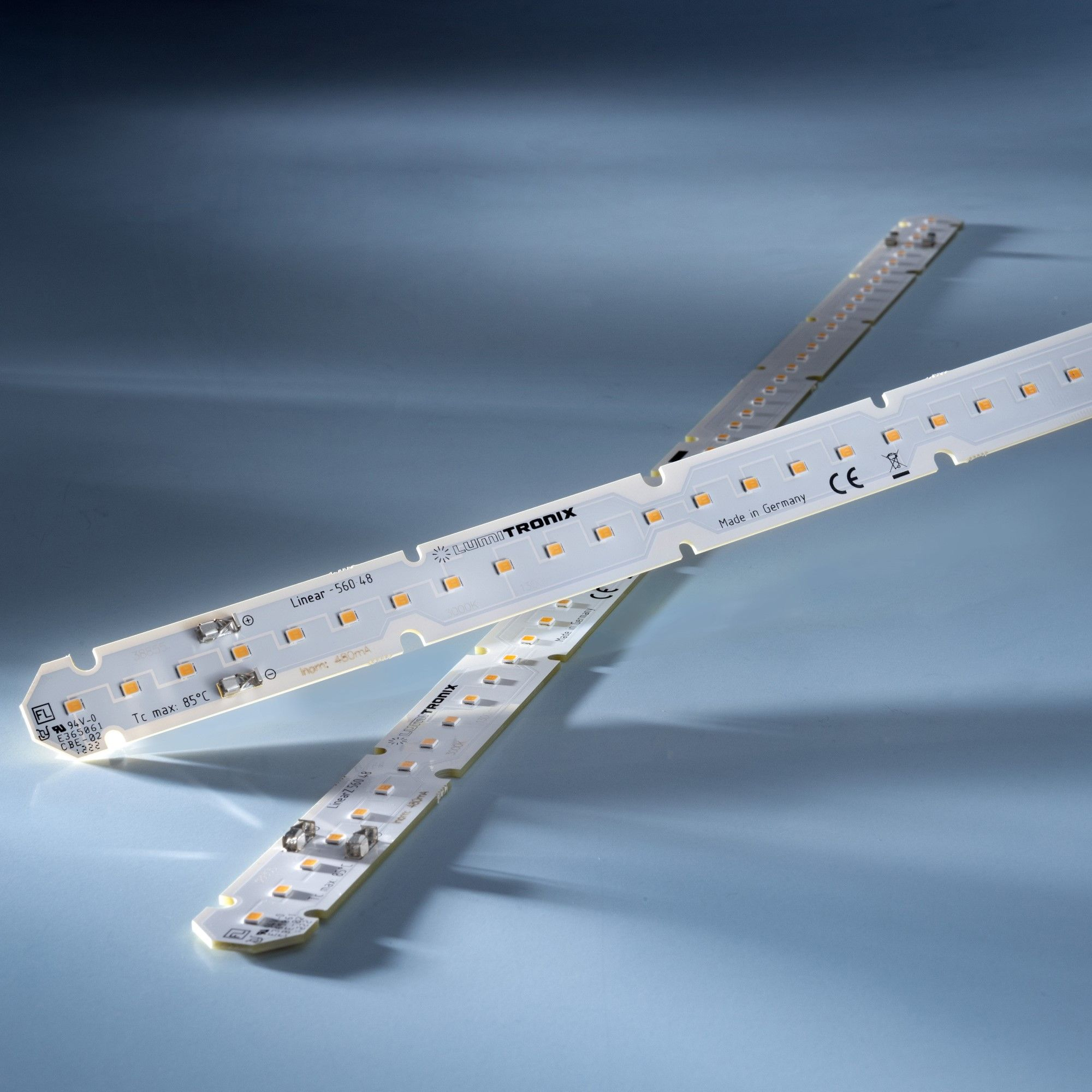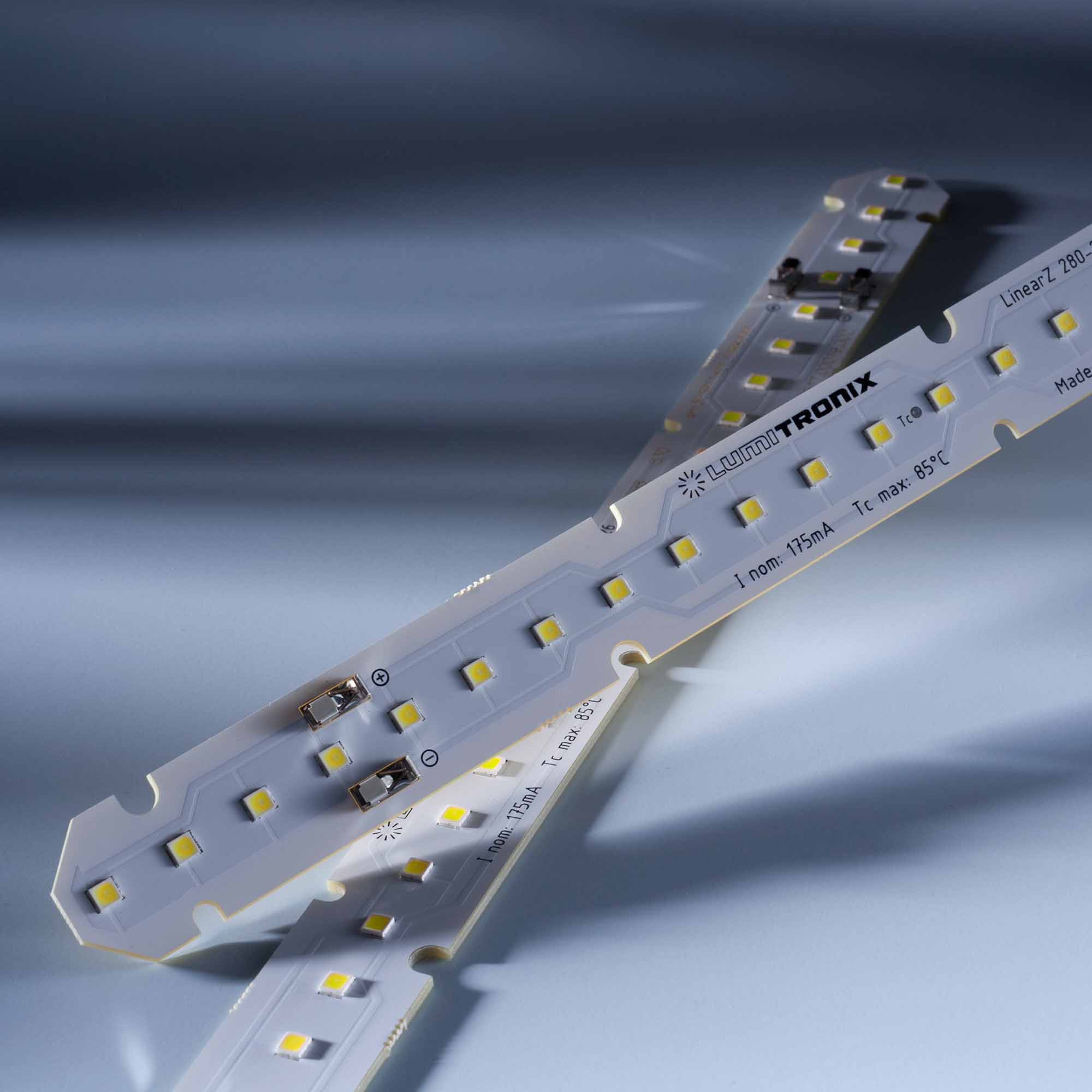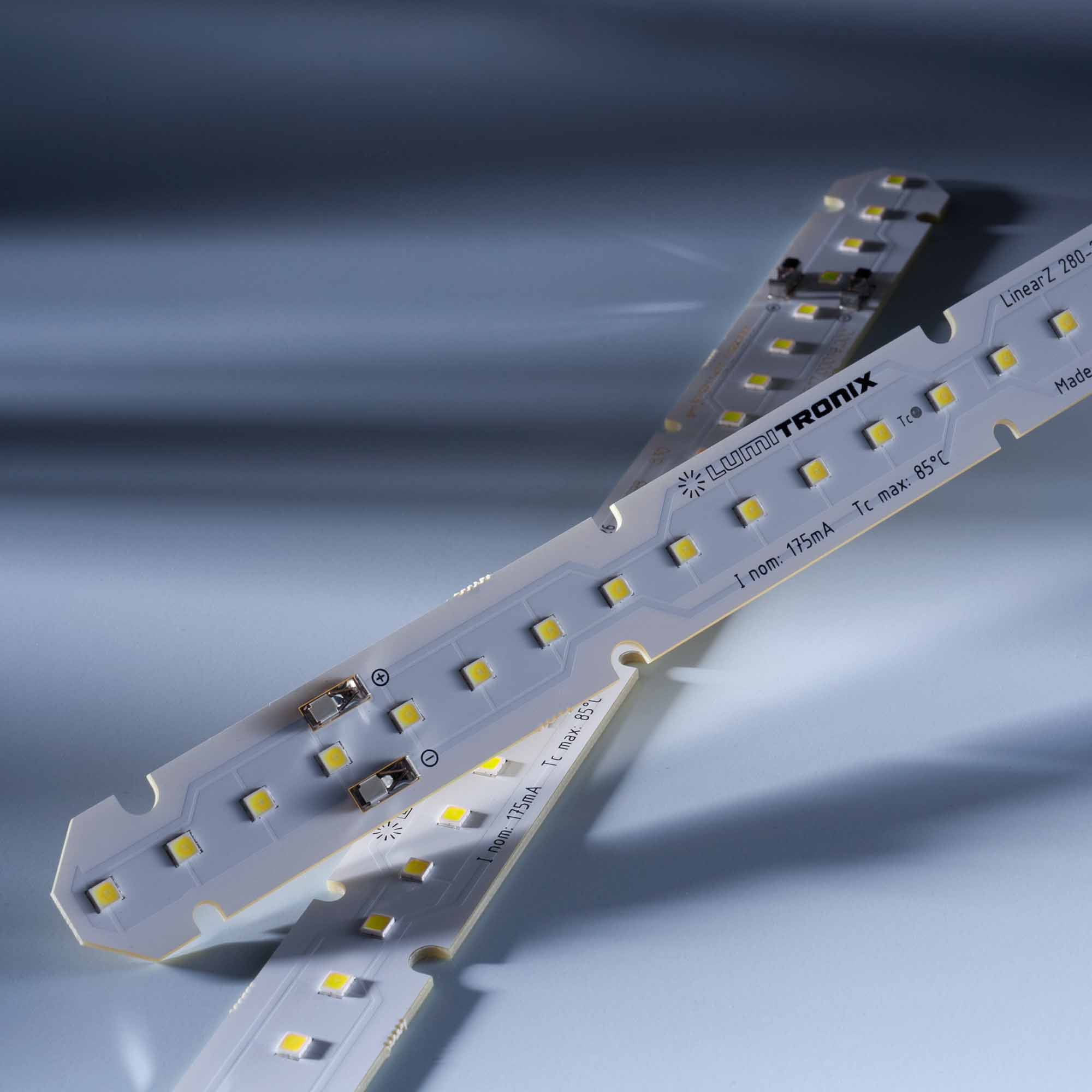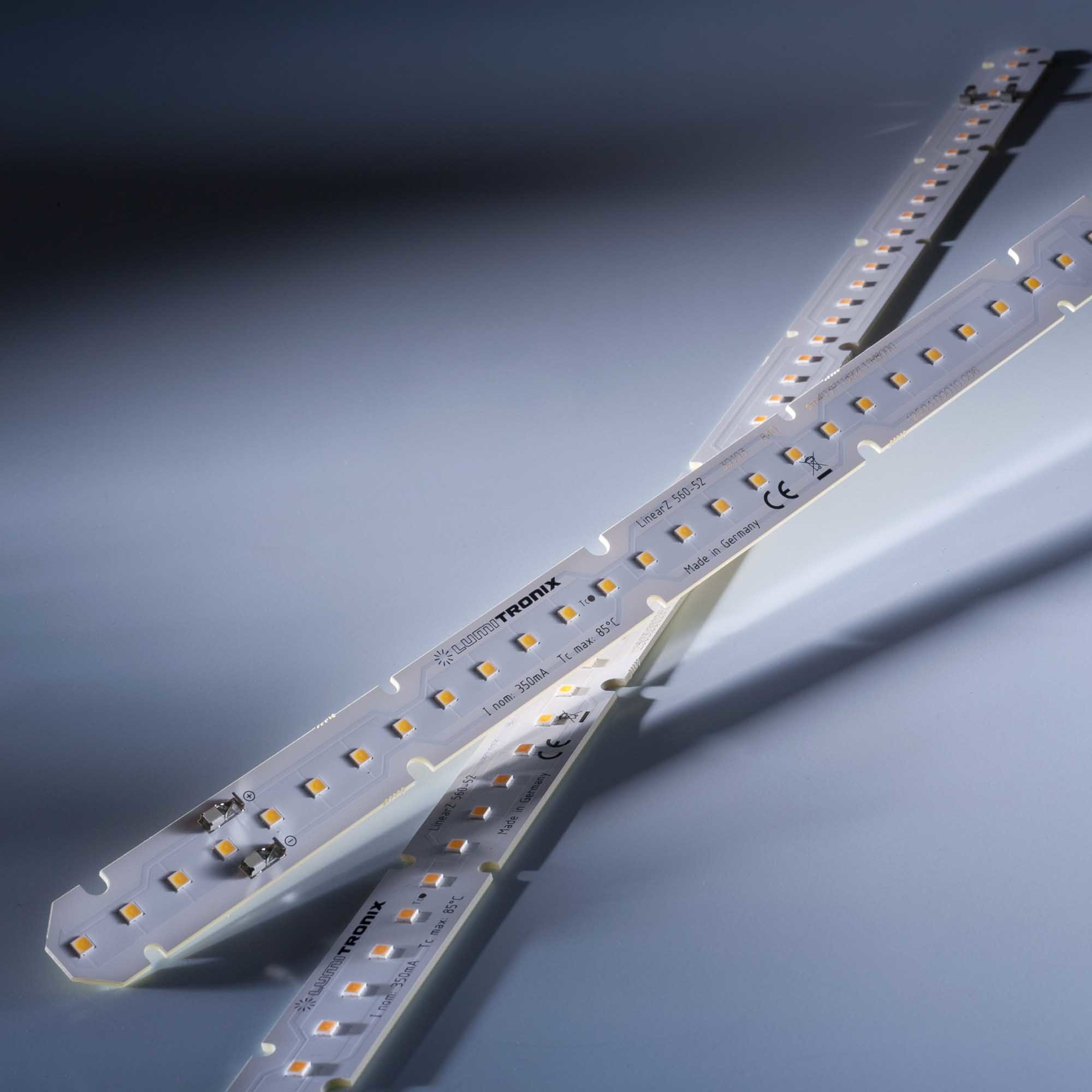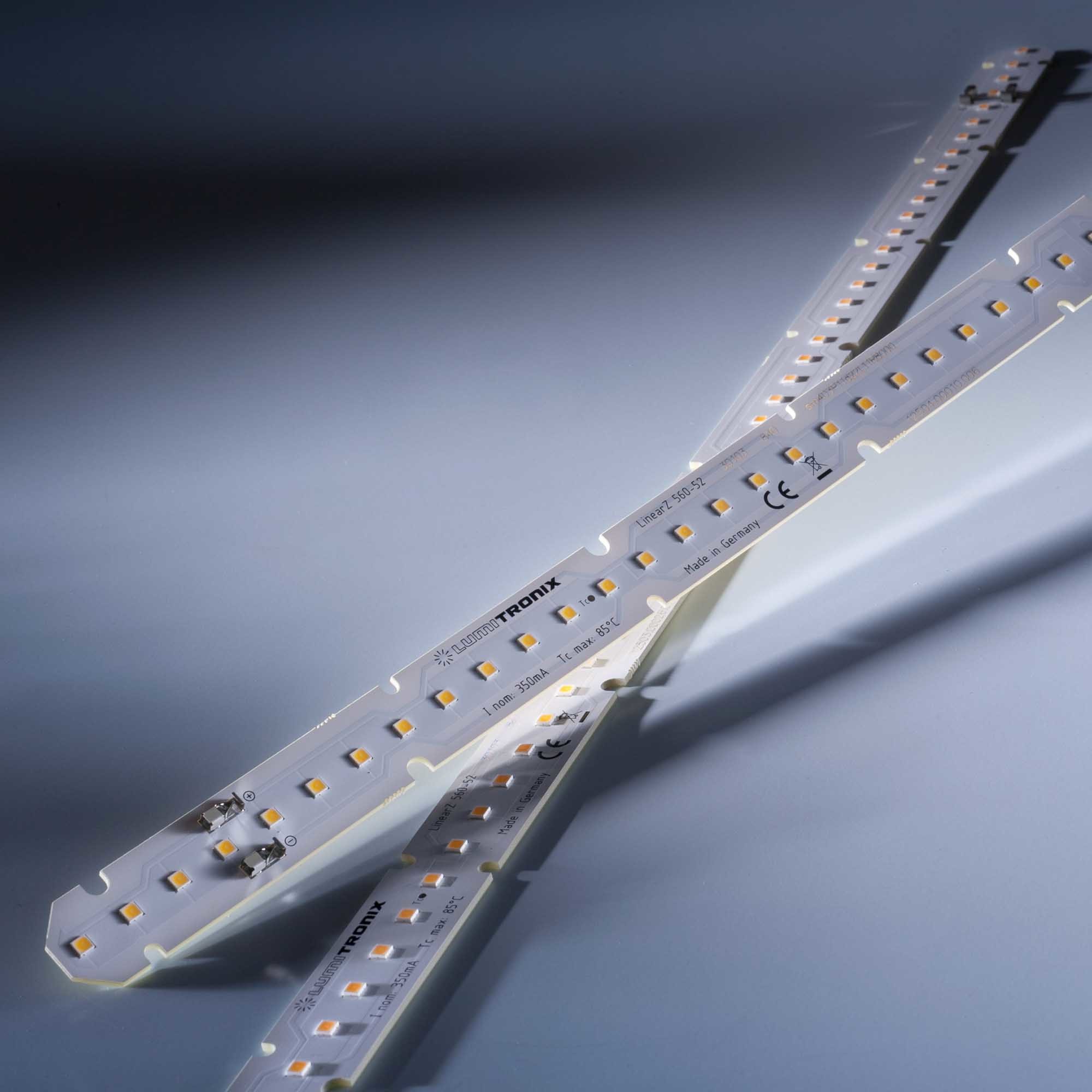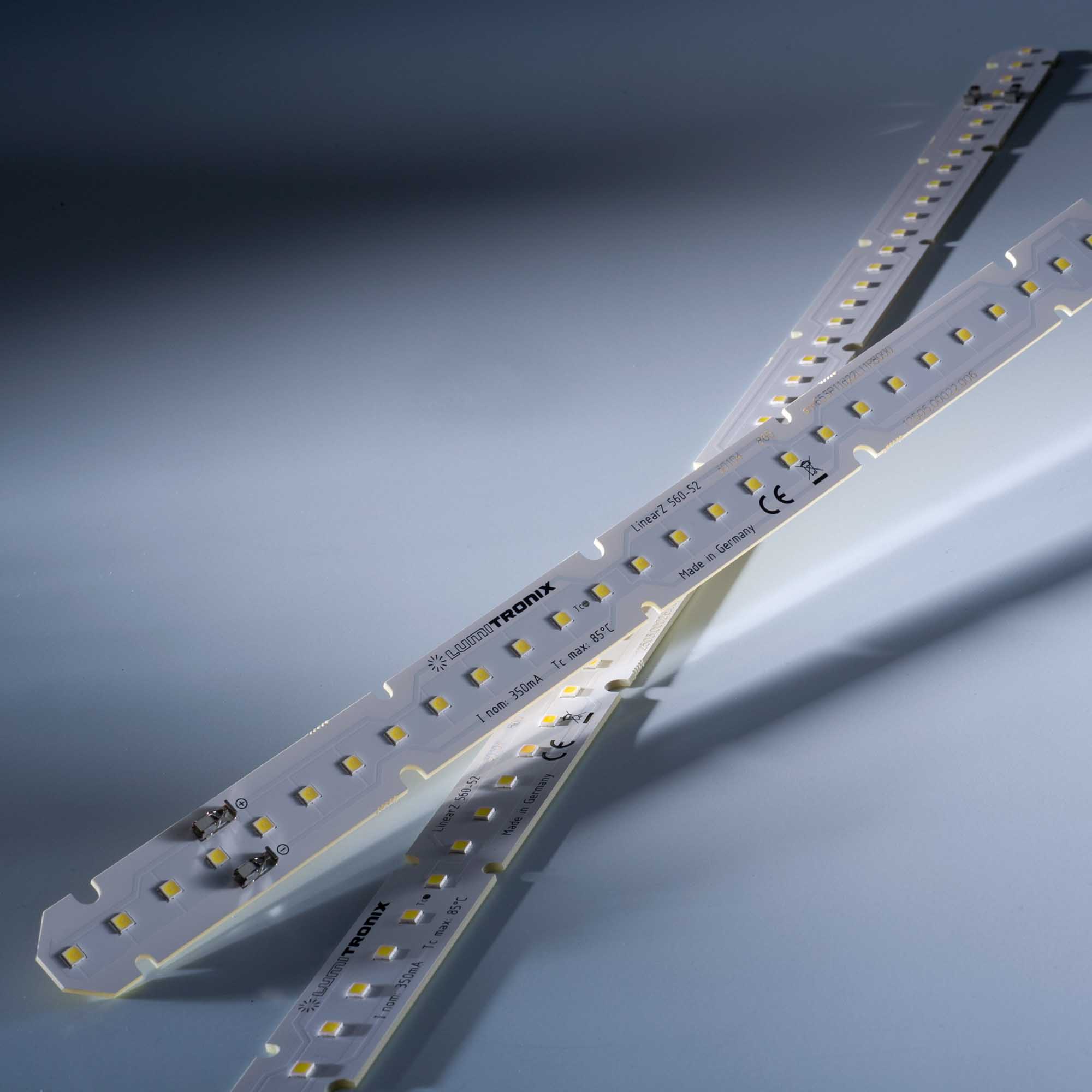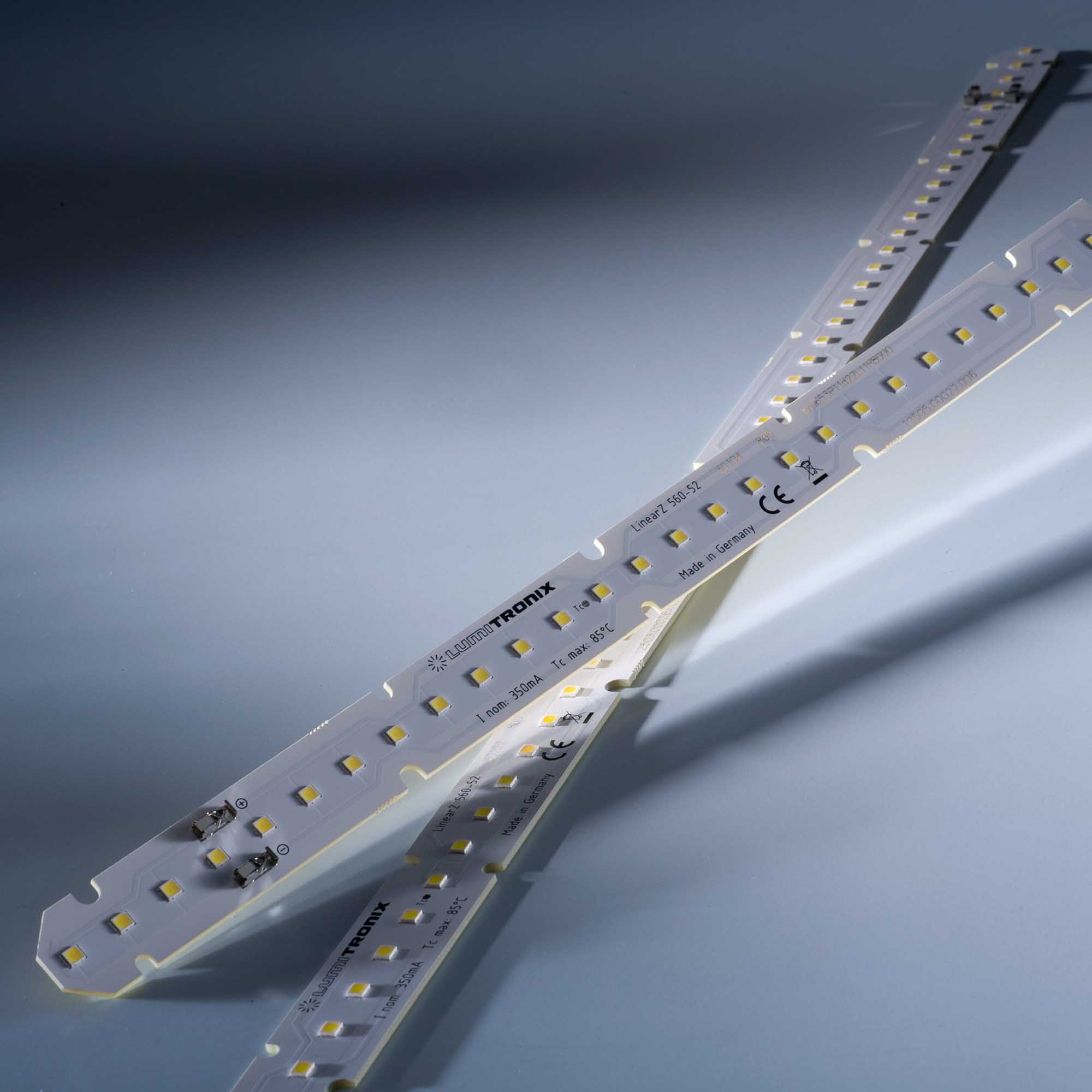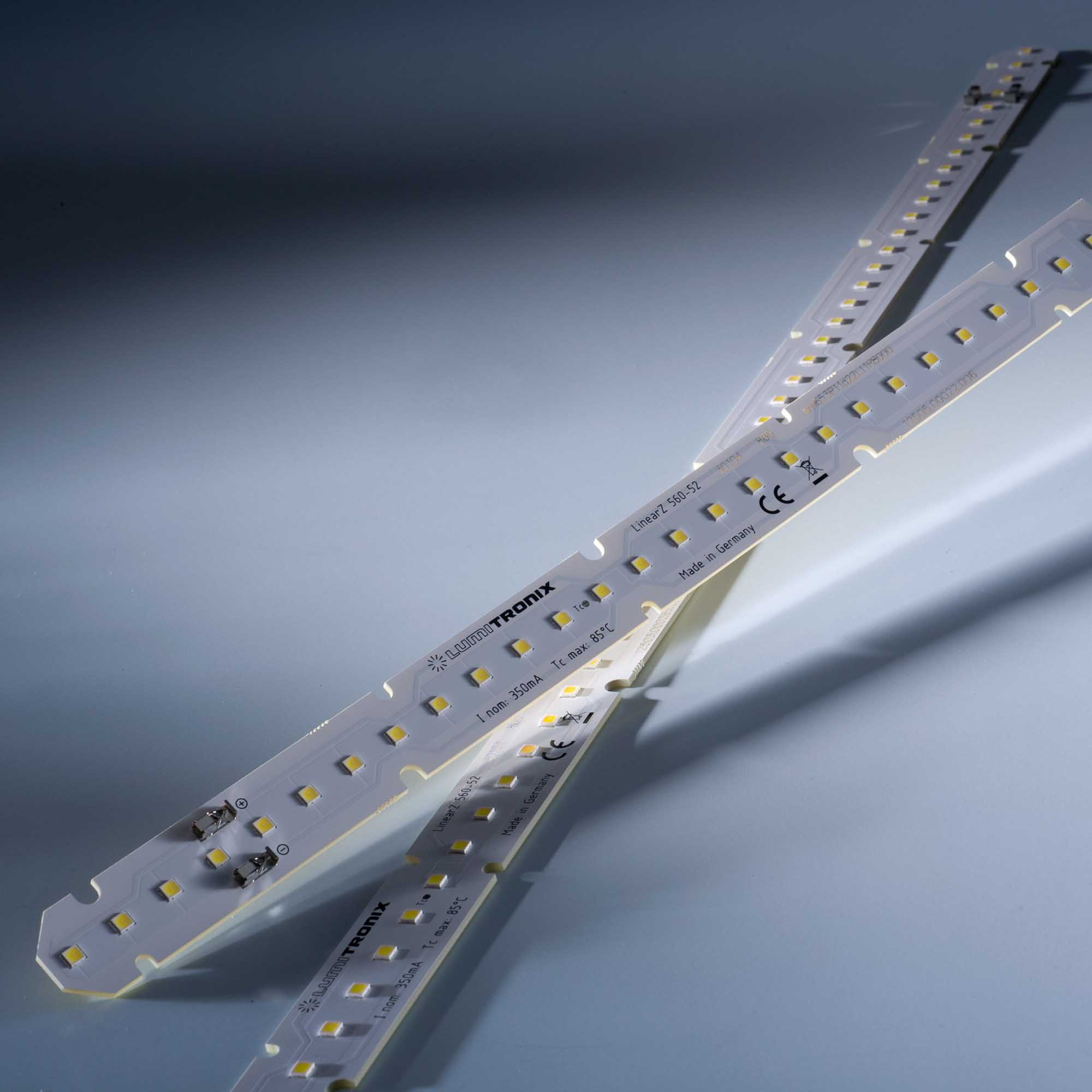Illuminating Color: Optimal CRI Values for Various Lighting Projects
- By Lumistrips LED Professional
- May 8, 2023

The Color Rendering Index (CRI) is a critical metric in the world of lighting design, as it measures the ability of a light source to accurately render colors compared to natural daylight or a reference light source. With a growing number of artificial light sources available in the market, understanding the significance of CRI and how to choose the right light source for various applications has become increasingly important. This comprehensive guide aims to provide a clear understanding of CRI, its history, how it affects our perception of color, and best practices for selecting the ideal light source based on CRI values.
Brief history of CRI
The concept of the Color Rendering Index was introduced in 1974 by the International Commission on Illumination (CIE) to address the growing need for a standardized method of quantifying the color rendering performance of artificial light sources. Over the past four decades, CRI has become an industry-standard, with professionals across various sectors relying on it to make informed decisions regarding lighting design and implementation.
Understanding CRI
The CRI is a one-number scale that ranges from 0 to 100, with 100 representing the performance of daylight or incandescent/halogen lamps in terms of color rendering. A higher CRI value indicates better color rendering capabilities, which means that colors appear more vivid and true-to-life under the light source. Conversely, lower CRI values result in less accurate color representation.

It is essential to note that CRI does not measure the brightness, color temperature, or energy efficiency of a light source – it solely focuses on color rendering capabilities.
CRI Values for Different Light Sources
Various types of artificial light sources exhibit a wide range of CRI values:
- Incandescent/Halogen Lamps: These traditional light sources have a CRI value of 100, making them excellent in terms of color rendering. However, they are less energy-efficient and have a shorter lifespan compared to modern alternatives.
- Gas Discharge Lamps: These lamps, such as fluorescent and metal halide lamps, can have CRI values ranging from 17 to 96. Low-pressure sodium lamps, which emit a yellow light commonly used in streetlights, can even have negative CRI values.
- LEDs: Light Emitting Diodes (LEDs) offer a wide range of CRI levels, from 60 to 99, making them suitable for various applications. LEDs are also energy-efficient, long-lasting, and environmentally friendly, making them an increasingly popular choice in modern lighting design.
Choosing the Right CRI Level for Your Application
Selecting the appropriate CRI value for your lighting needs is crucial to ensure optimal color rendering and visual comfort. Below are some guidelines to help you make the right choice:
- CRI > 90: Ideal for applications requiring the highest color accuracy, such as art galleries, museums, photography studios, and retail spaces where product colors must be accurately represented.
- CRI 80-90: Suitable for general residential and commercial spaces, including offices, schools, hospitals, and living areas where good color rendering is essential for visual comfort and productivity.
- CRI < 80: Acceptable for outdoor lighting, such as streetlights, or indoor spaces where the primary purpose is orientation or safety, including stairwells, corridors, and storage areas. However, using light sources with CRI values below 80 should be avoided wherever possible, as poor color rendering can lead to discomfort and visual fatigue.
The table below shows the recommended value for many applications:
| Application | Minimum CRI value | Recommended CRI Value |
| Residential | ||
| Bedroom | 80 | 90 |
| Living room | 80 | 90 |
| Bathroom | 80 | 95 |
| Kitchen | 80 | 95 |
| Business | ||
| Office, general work | 80 | 80 |
| Office, work with colors | 90 | 97 |
| Design studio | 80 | 97 |
| Commercial | ||
| Electronics store | 80 | 90 |
| Fashion | 90 | 97 |
| Hardware store | 80 | 90 |
| Interior design store | 90 | 98 |
| Jewelry | 80 | 90 |
| Medical | ||
| Dental Clinic | 90 | 97 |
| General Practice | 90 | 97 |
| Hospitality | ||
| Café | 80 | 95 |
| Hotel | 80 | 95 |
| Restaurant | 80 | 95 |
| Other | ||
| Street light | 70 | 80 |
| Transit/parking lot | 70 | 80 |
| Storage room | 70 | 80 |
| Warehouse | 70 | 90 |
| Photography | 90 | 97 |
The Color Rendering Index (CRI) is a crucial factor to consider when selecting light sources for any application. A thorough understanding of CRI, along with thoughtful planning and implementation, can help ensure that your lighting design provides accurate color representation, enhances visual comfort, and meets the specific needs of your space. By following the guidelines and best practices outlined in this guide, you can confidently choose the right CRI level for your application and create a lighting environment that promotes well-being, productivity, and aesthetic appeal.
At Lumistrips you can find LED strips and modules with the highest CRI today possible, up to 99+, with technologies such as Nichia Optisolis and Seoul Semiconductor SunLike.

 Lumistrips EN
Lumistrips EN Lumistrips UK
Lumistrips UK Lumistrips ES
Lumistrips ES Lumistrips PT
Lumistrips PT Lumistrips ITA
Lumistrips ITA
